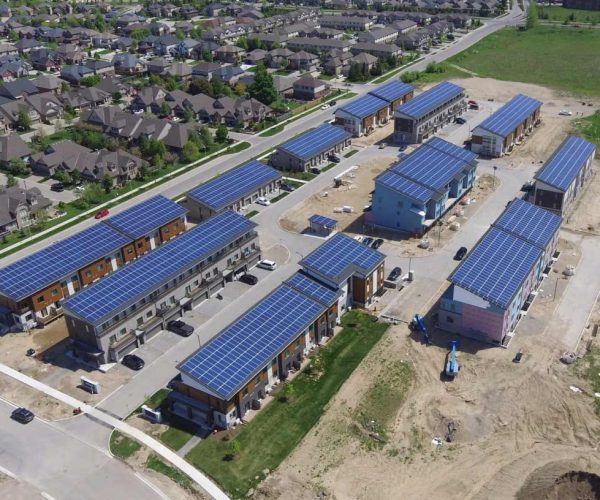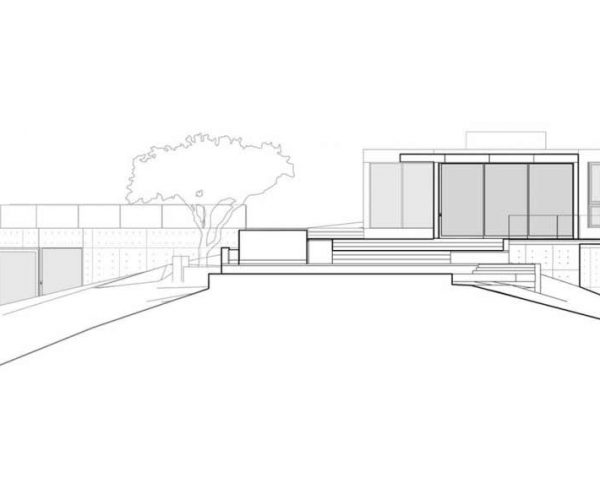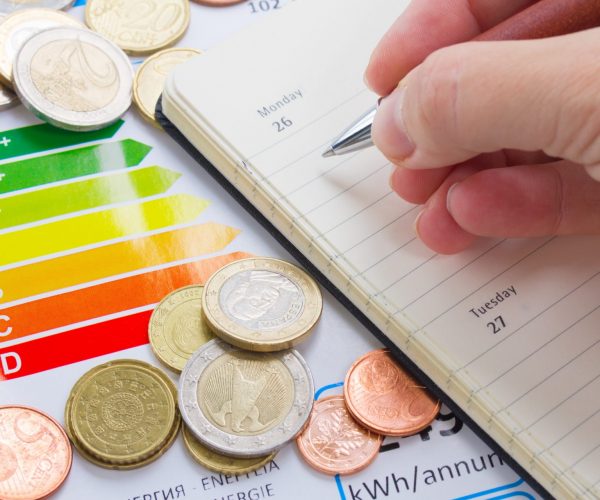Every part of a Net Zero Home works together in harmony to create the ultimate energy efficient living space. Like a well-oiled machine, every aspect of the home is necessary to ensure peak performance. Through advanced building techniques, technologies, and products, builders can significantly reduce a home’s energy consumption. Here are some examples of the techniques and products used to offer this energy efficient lifestyle.
Front page
The BC Energy Step Code is coming to Kelowna Dec 1st, 2019. Its goal is to reduce the amount of energy required by new buildings. It will also offer a range of side benefits to occupants, the environment, and the economy. However, such benefits come with a number of trade-offs. This is particularly true when it comes to meeting the more rigorous performance requirements of the Upper Steps, such as construction costs, design limitations, and increased timelines.
AeroBarrier is a patented air sealing system that uses a computerized process to pressurize the building and install an aerosol-applied, acrylic sealant to seal leaks in the building enclosure from the inside. The particles deposit only at the leak sites and build to form a complete and tight seal, remaining firmly in place for years while staying completely pliable and flexible. By reducing air leaks through the building envelope, it is possible to reduce energy loss, help mitigate moisture damage, and enhance overall comfort and health of the building.
On October 9, 2018, an Enbridge-owned natural gas transmission pipeline ruptured near Prince George, BC.
While the pipeline has been repaired and returned to service, it is important to note that Enbridge plans to operate their transmission system at a reduced capacity for the next few months, starting at about 55 per cent capacity and gradually ramping up to 80 per cent.
While returning Enbridge’s full transmission to 80 per cent will be a positive step, it will not be enough natural gas to support the typical consumption of our customers during the winter.





